The candy manufacturing industry has seen tremendous growth in recent years, driven by evolving consumer demands for customization, sustainability, and high-quality products. With fierce competition and a rapidly changing marketplace, efficiency in production has become paramount. Achieving efficient candy manufacturing solutions for different requirements is not just a matter of keeping up with demand—it's about staying ahead of trends, minimizing waste, and ensuring the highest quality at every stage of production. This article explores how candy manufacturers can optimize their production processes, using innovative solutions that cater to varying production needs, from high-volume manufacturing to customization and sustainability.
Introduction
In the highly competitive candy manufacturing market, efficiency is more than just a buzzword—it's a strategic advantage. As consumer preferences shift toward healthier options, personalization, and eco-friendly products, manufacturers must continually adapt to meet these demands. Efficient candy manufacturing ensures manufacturers can produce high-quality products at scale, without sacrificing flexibility, consistency, or sustainability.
But how can manufacturers achieve this balance? The key lies in understanding the core principles of efficient candy production, identifying the challenges specific to various production requirements, and leveraging advanced technologies and automation to optimize every stage of the process.
Understanding the Basics of Efficient Candy Manufacturing
Efficient candy manufacturing involves more than simply speeding up production. It encompasses four key principles: speed, quality, cost, and scalability.
Speed: Fast production cycles are essential to meet market demand without sacrificing product quality.
Quality: Ensuring consistency and quality control at every step is vital to maintaining consumer trust.
Cost: Cost-effective production allows for higher margins and competitive pricing.
Scalability: Manufacturers need to scale production up or down based on demand, without significant delays or downtime.
By optimizing these four principles, candy manufacturers can not only improve their bottom line but also stay ahead of the curve in a rapidly evolving industry.
Different Production Requirements in Candy Manufacturing
Candy manufacturing is not a one-size-fits-all process. There are several distinct requirements that vary based on market trends, consumer preferences, and operational needs. Understanding these requirements is key to designing efficient production solutions.
Customization and Personalization: With the growing demand for personalized products, manufacturers need flexible systems capable of producing different flavors, shapes, sizes, and packaging tailored to individual tastes.
Scaling Production: During peak seasons or for mass-market products, high-volume manufacturing capabilities are essential to meet the demand without compromising speed or quality.
Sustainability: More consumers are choosing brands that prioritize sustainability. Efficient candy manufacturing can integrate eco-friendly packaging, energy-efficient processes, and waste reduction practices to meet these demands.
High-Quality Production: Whether creating premium chocolates or mass-produced gummies, maintaining consistent quality and minimizing defects are crucial. High-efficiency manufacturing methods ensure that every product meets high standards.
Efficient Production Techniques for Large-Scale Candy Manufacturing
For large-scale candy manufacturing, efficiency is directly linked to the ability to produce large quantities of candy in the shortest possible time. This requires automated systems that can handle high-volume production while maintaining product consistency.
Optimizing Production Lines: Automation is the backbone of high-volume production. Automated mixing, molding, and packaging systems reduce human intervention, increase speed, and ensure precise consistency.
Reducing Downtime: Advanced maintenance strategies, such as predictive maintenance powered by AI, can help minimize machine downtime, ensuring that production lines run smoothly and without interruptions.
Lean Manufacturing: Adopting lean manufacturing principles helps to identify and eliminate inefficiencies, reducing waste and optimizing production resources, resulting in cost savings.
By integrating these techniques, manufacturers can scale production without compromising on speed or quality, meeting the growing demand for candy products.
Achieving Customization and Flexibility in Candy Production
Consumers are increasingly seeking personalized candy products, whether it's for special events or unique flavor profiles. Achieving customization while maintaining efficiency is a challenge that automation can help overcome.
Automated Customization: Automated production systems that allow for quick adjustments—such as 3D printing for custom candy shapes or robotic systems for custom packaging—are key to meeting consumer demand for personalized products.
Small-Batch and On-Demand Production: Automation allows manufacturers to produce small batches without incurring high costs. Customization features can be activated without interrupting the regular production process, ensuring a balance of flexibility and efficiency.
Advanced Technologies: Robotics and AI play a pivotal role in helping manufacturers meet the demand for personalized and unique products while maintaining overall production efficiency.
This ability to offer mass personalization at scale is a significant advantage in today’s consumer-driven market.
Incorporating Sustainability in Candy Manufacturing
Sustainability is no longer optional—it's a core expectation for both consumers and manufacturers alike. Automation and advanced technologies provide the means to adopt sustainable practices throughout the production cycle.
Eco-Friendly Packaging: Automation can integrate eco-friendly materials into packaging, such as biodegradable wrappers or recyclable packaging, without slowing down the production process.
Energy-Efficient Machines: Energy consumption is one of the largest operating costs in manufacturing. AI and IoT-enabled systems can optimize energy usage, reducing costs and the environmental footprint.
Waste Reduction: Automated systems help minimize raw material wastage by ensuring precise ingredient measurements and more efficient processing. Additionally, real-time monitoring via IoT helps reduce energy consumption and minimize production waste.
By embracing these sustainable manufacturing practices, candy manufacturers can appeal to eco-conscious consumers while improving their operational efficiency.
Enhancing Quality Control and Consistency with Automation
Ensuring high-quality production is crucial in maintaining consumer trust and satisfaction. Automation plays a central role in quality control by ensuring consistency and minimizing human error.
AI and Machine Learning: AI systems analyze production data in real-time, identifying defects and inconsistencies before they become significant issues. Automated inspection systems detect deviations in size, color, and shape, ensuring that only high-quality products make it to market.
Real-Time Monitoring: IoT systems enable continuous monitoring of temperature, humidity, and other critical factors, ensuring optimal production conditions at all times.
Improved Product Quality: Automation ensures that each piece of candy is produced to the exact specifications, whether it’s the precise amount of chocolate or the exact shape of the candy. This consistency is key to building consumer loyalty.
The Role of Technology in Achieving Efficiency
Technology is at the heart of efficient candy manufacturing, enabling manufacturers to optimize processes and reduce operational costs.
Robotics: Robotic systems handle repetitive tasks like sorting and packaging, reducing the need for manual labor and improving speed and consistency.
Artificial Intelligence: AI-powered production lines are capable of adjusting production parameters in real time, optimizing schedules, and forecasting maintenance needs to prevent downtime.
IoT and Data Analytics: IoT sensors provide valuable real-time data, while data analytics help manufacturers fine-tune their processes and make data-driven decisions that improve efficiency.
Case Studies of Efficient Candy Manufacturing Solutions
Several candy manufacturers have successfully implemented advanced technologies to achieve efficiency in their operations. For instance, Company A introduced robotic arms to handle the packaging process, reducing labor costs and production time. Meanwhile, Company B utilized AI-powered quality control systems to ensure product consistency, leading to a reduction in defects and complaints.
These case studies demonstrate how adopting technology and automation can help manufacturers overcome challenges and significantly improve their production processes.
Overcoming Challenges in Achieving Efficient Candy Manufacturing
Despite the many benefits, implementing automation and innovative technologies can come with challenges.
High Upfront Investment: The initial cost of setting up automated systems can be substantial, but the long-term cost savings and efficiency gains make it a worthwhile investment.
Workforce Adaptation: Transitioning to automated systems requires extensive workforce training to ensure that employees can effectively manage and maintain these systems.
Supply Chain Complexity: Managing raw materials and ensuring their timely delivery can be a challenge in automated environments, requiring careful planning and coordination.
Future Trends in Efficient Candy Manufacturing
The future of candy manufacturing is bright, with even more advanced solutions on the horizon. We can expect greater use of AI, robotics, and sustainable production methods, including 3D printing for candy design and blockchain for supply chain transparency.
Efficient candy manufacturing is essential for staying competitive in an increasingly demanding market. By leveraging automation and innovative technologies, manufacturers can meet varying production needs, from large-scale production to personalized products, while maintaining high standards of sustainability and quality. The key to long-term success is adopting these efficient solutions, ensuring flexibility, reducing waste, and maximizing resource use.
In the future, technology will continue to play a pivotal role in reshaping the candy manufacturing landscape, offering solutions that are faster, more cost-effective, and more sustainable. Embracing these changes will help manufacturers thrive in an ever-evolving market.


 ENG
ENG
 English
English 中文简体
中文简体 русский
русский Français
Français Español
Español عربى
عربى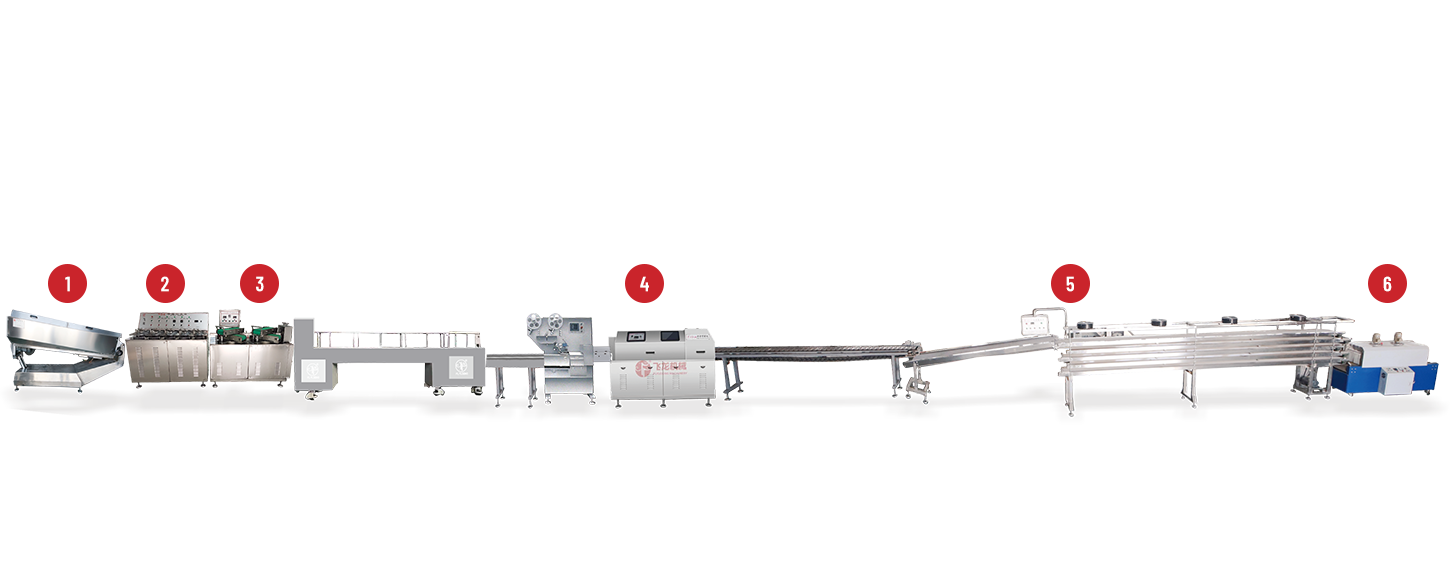
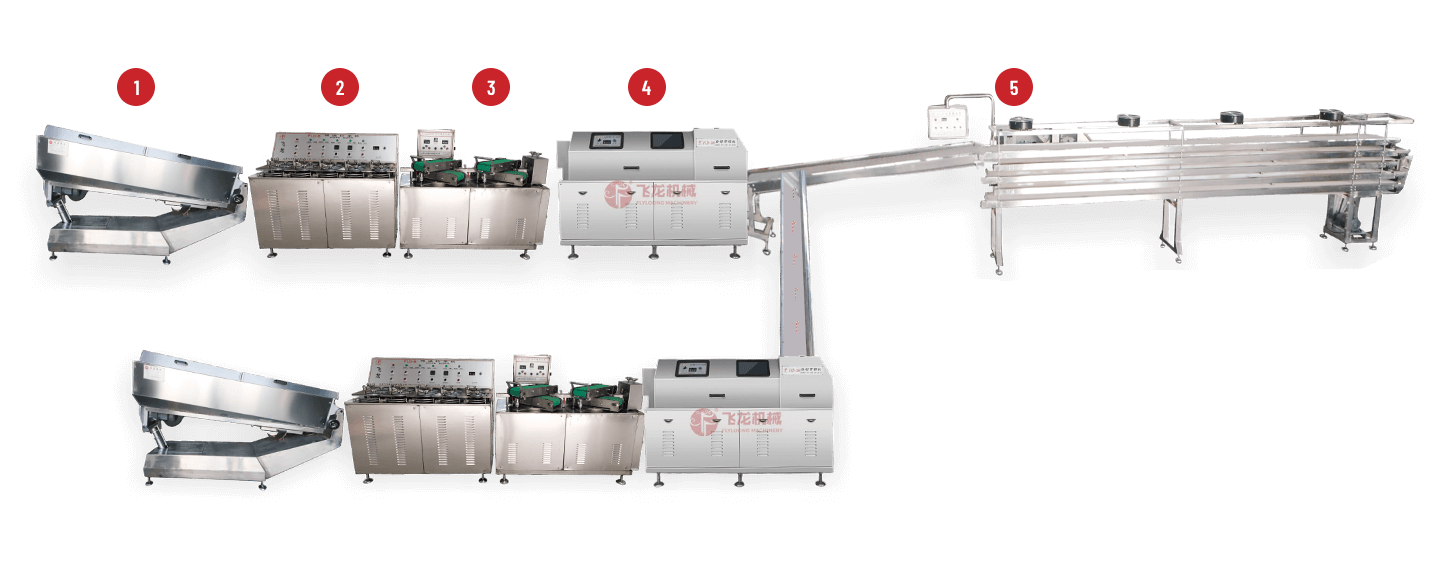
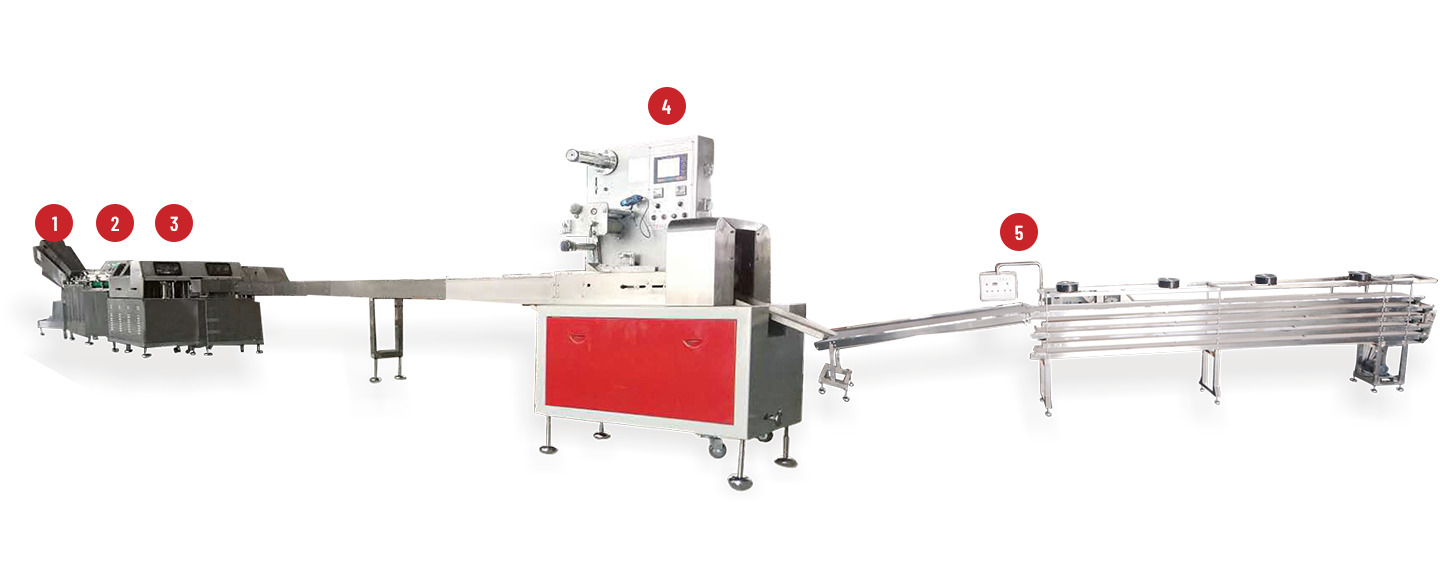
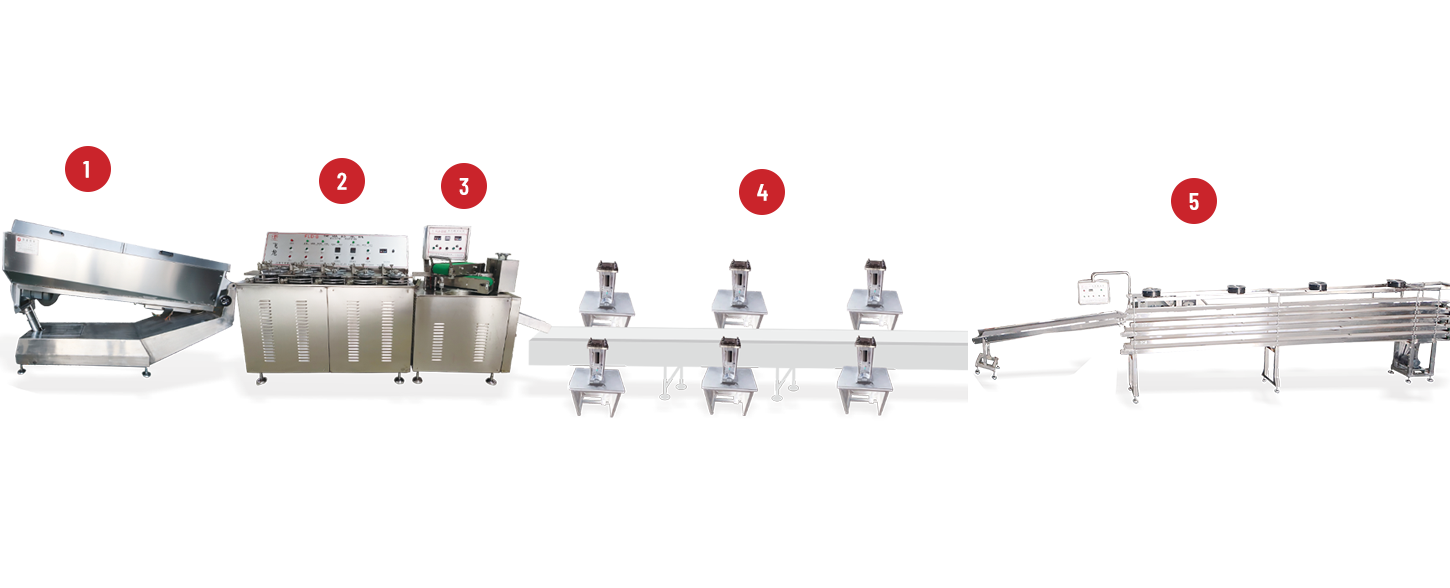
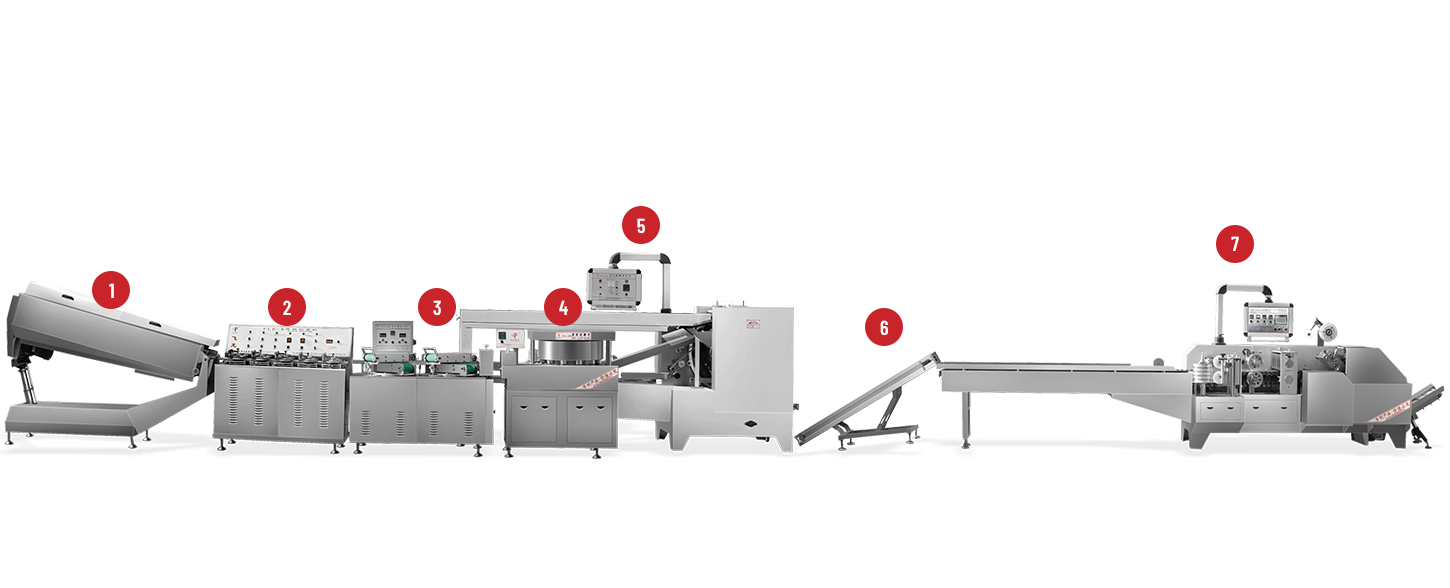

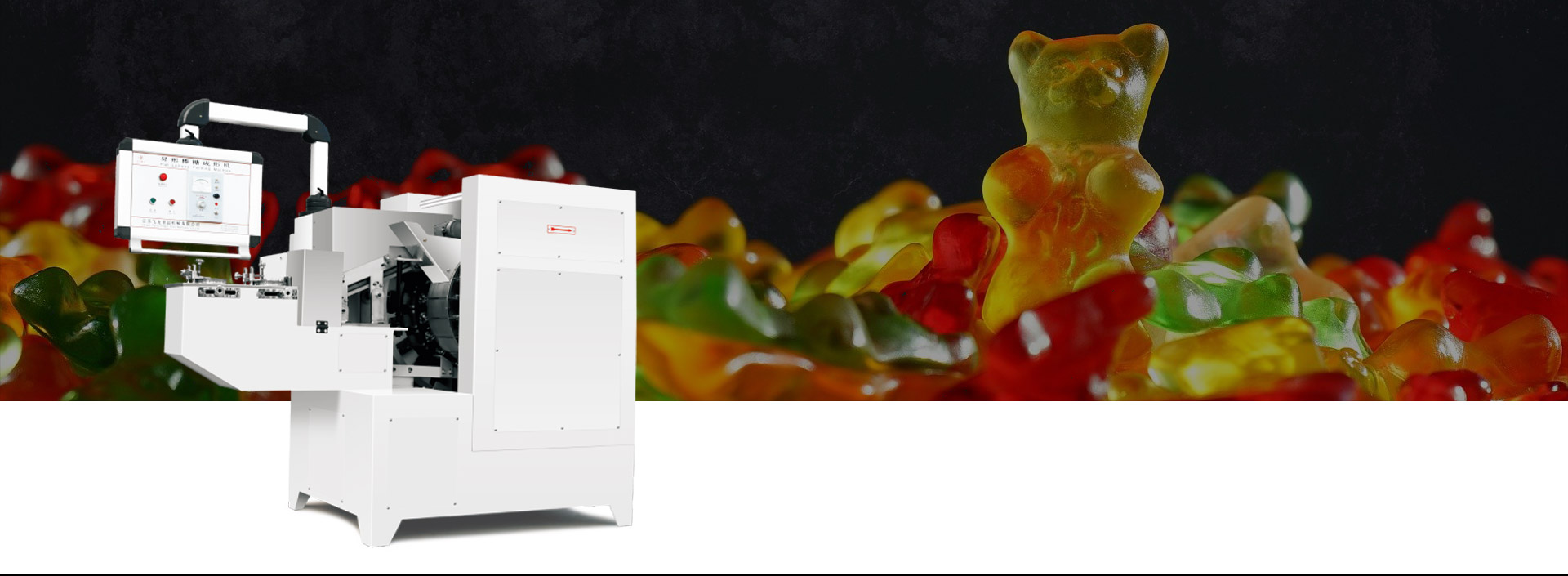
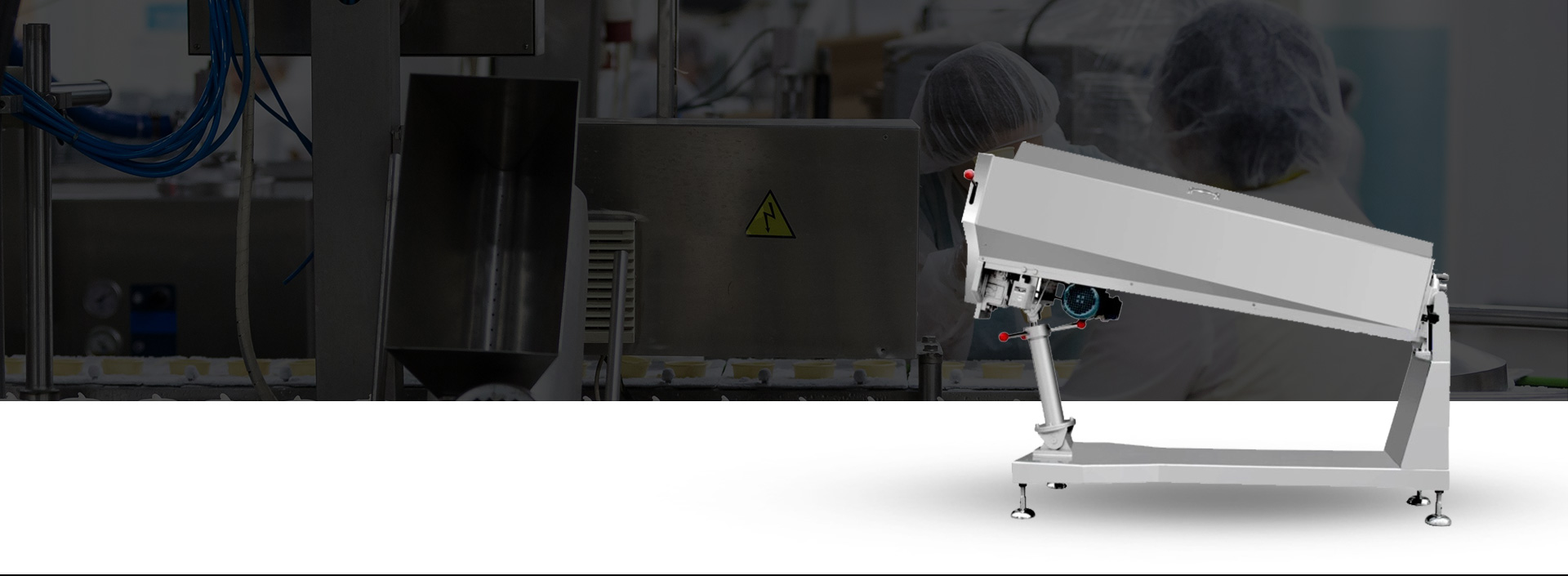
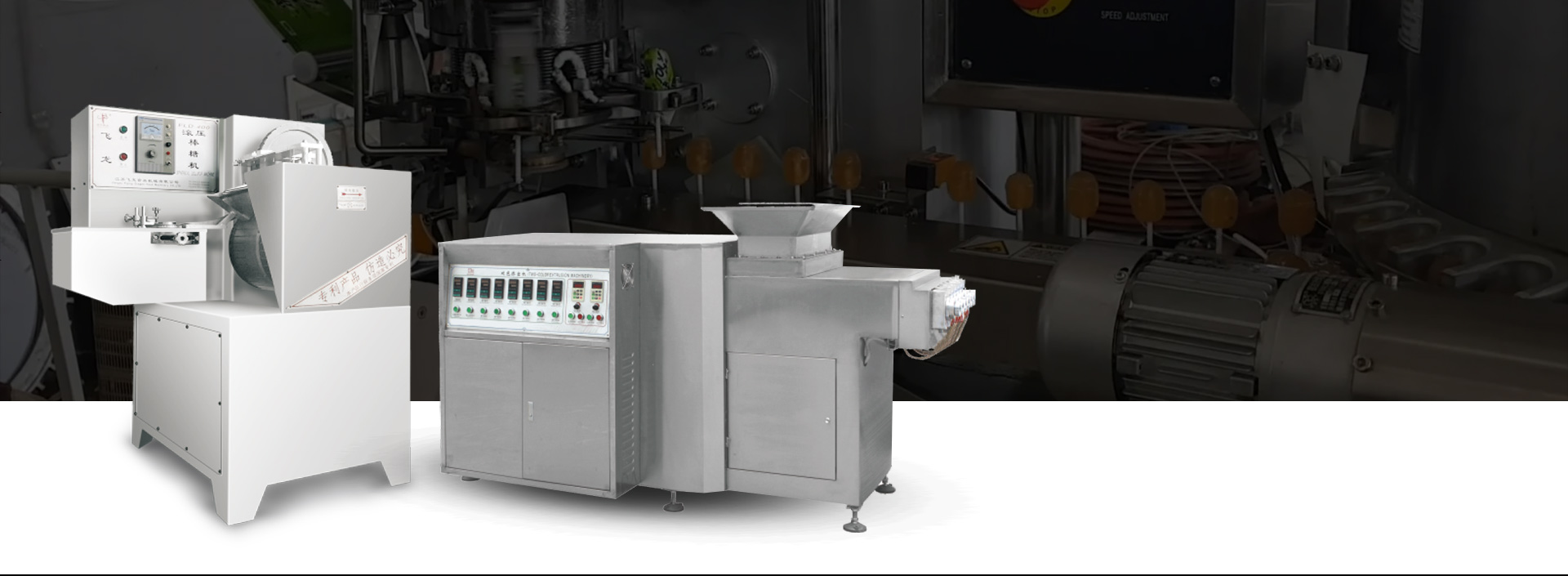
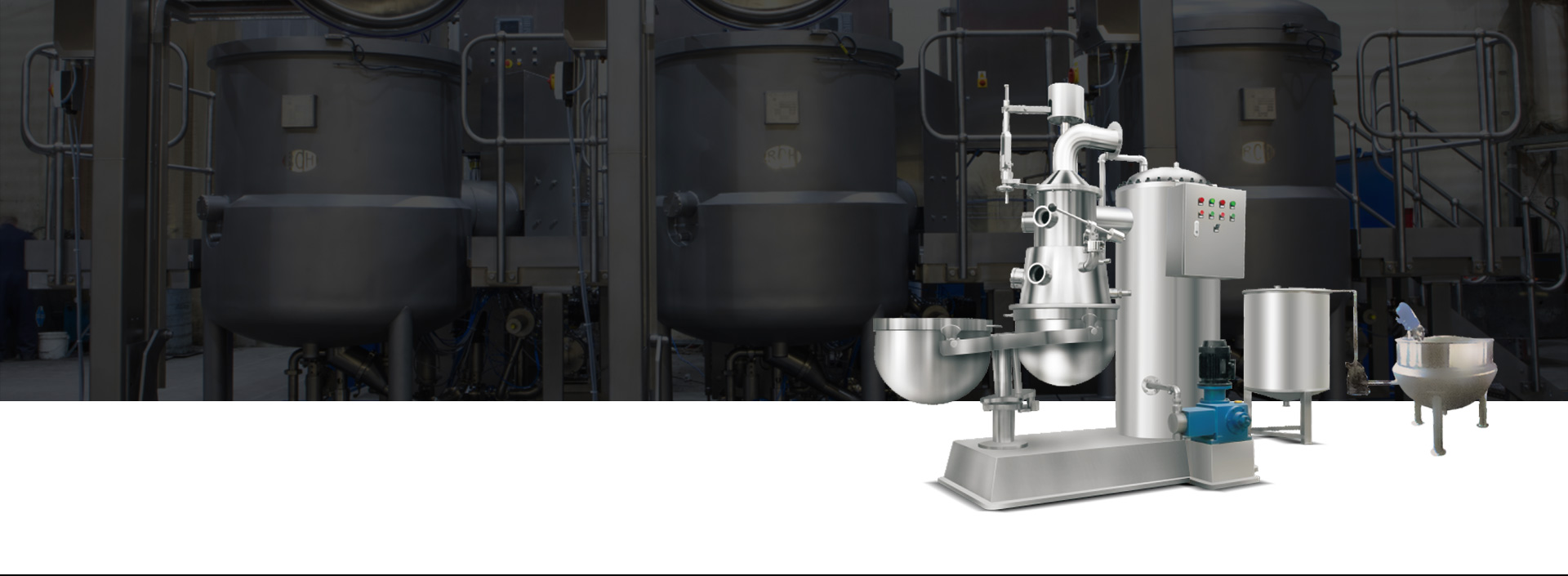

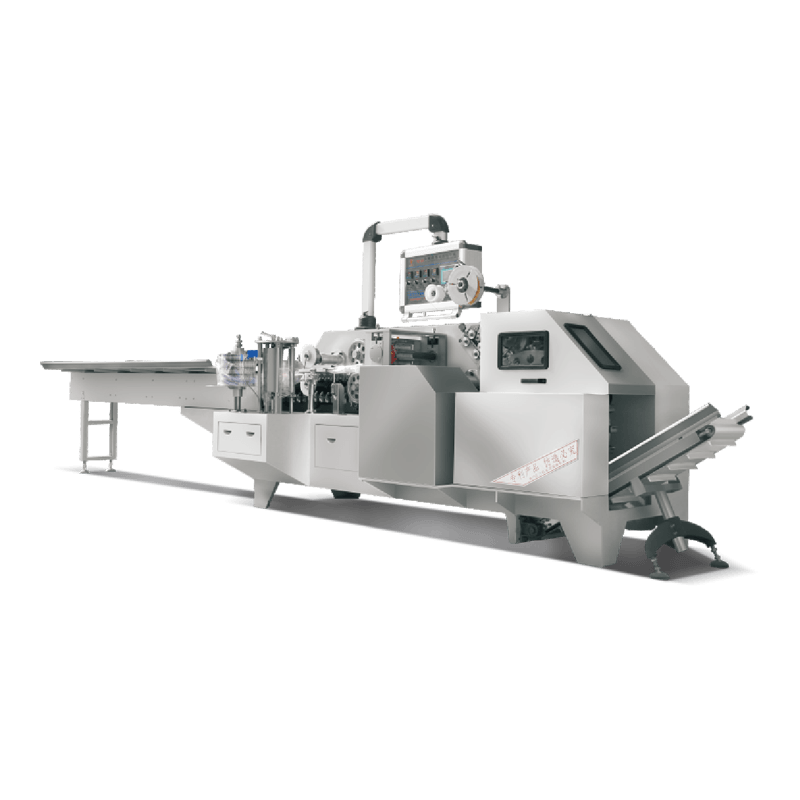
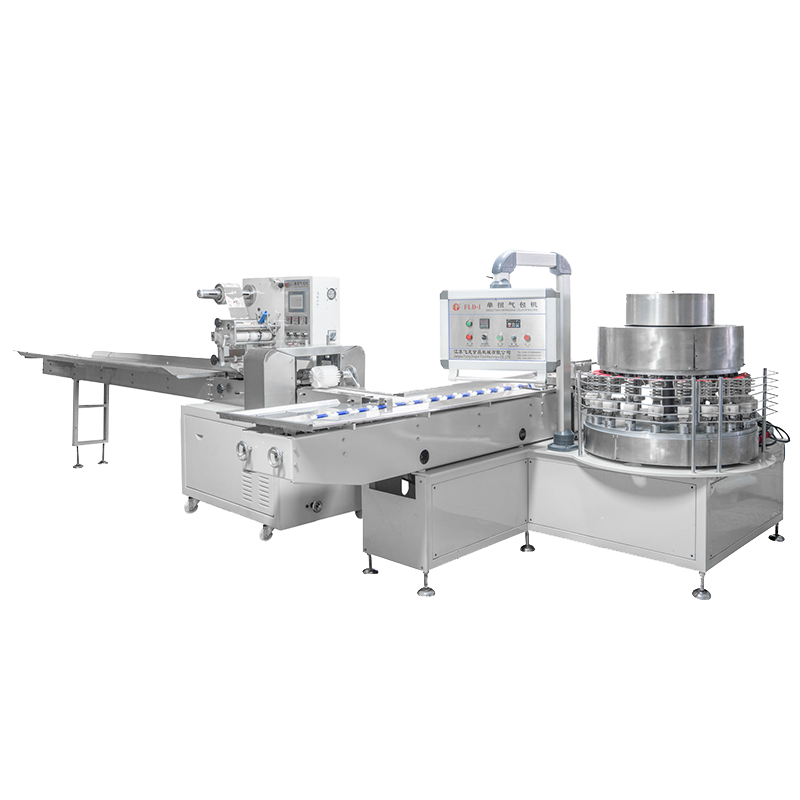
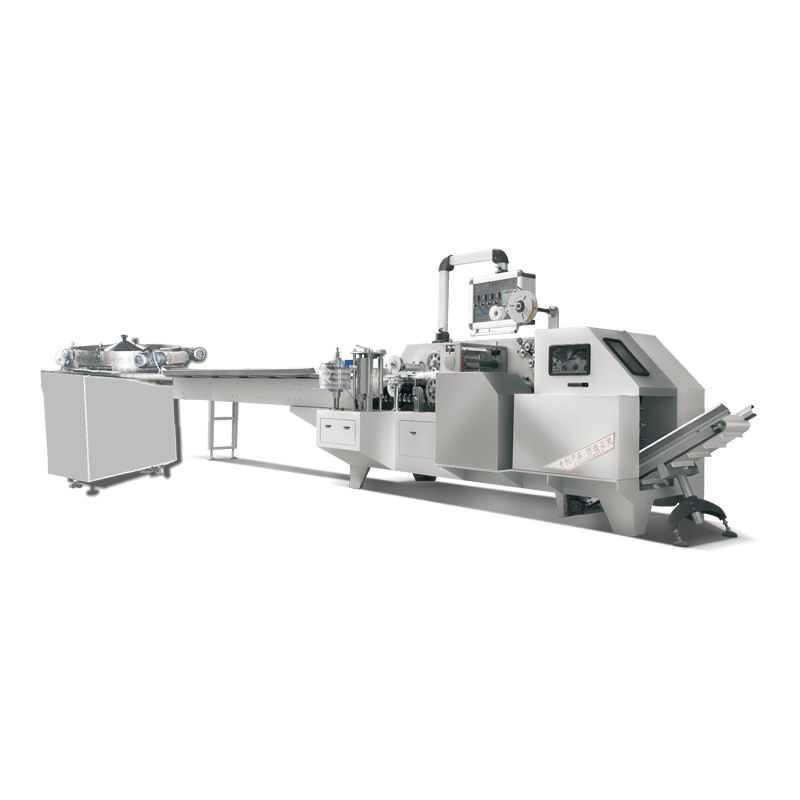
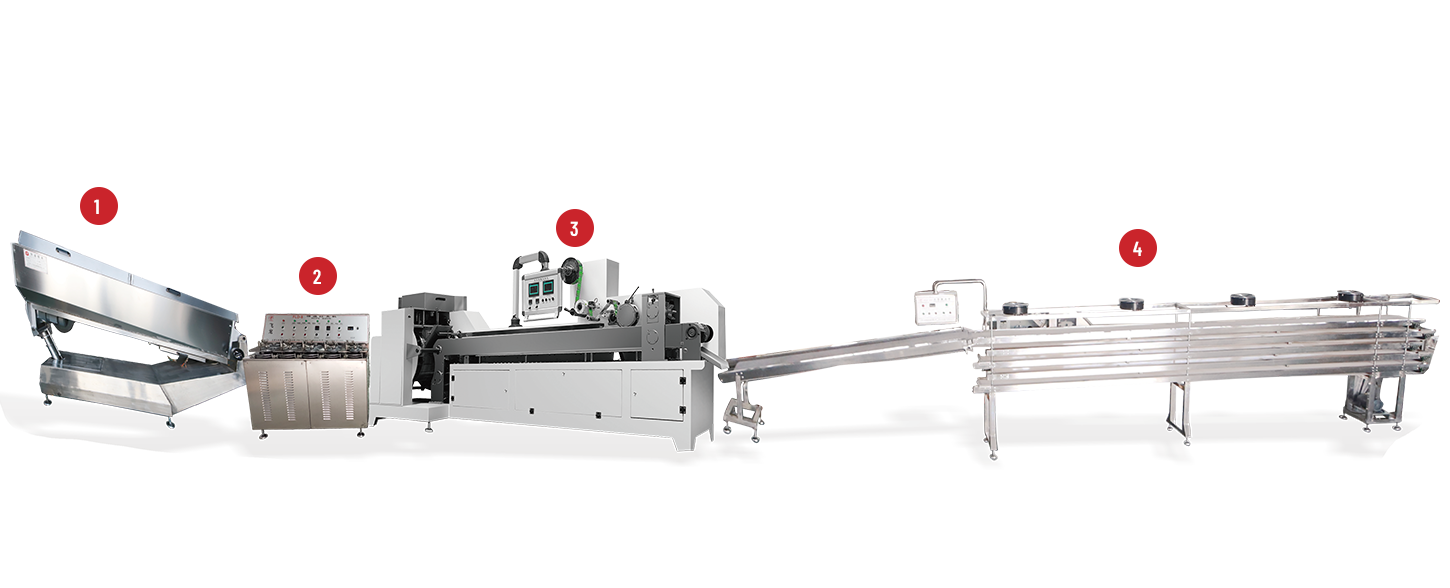
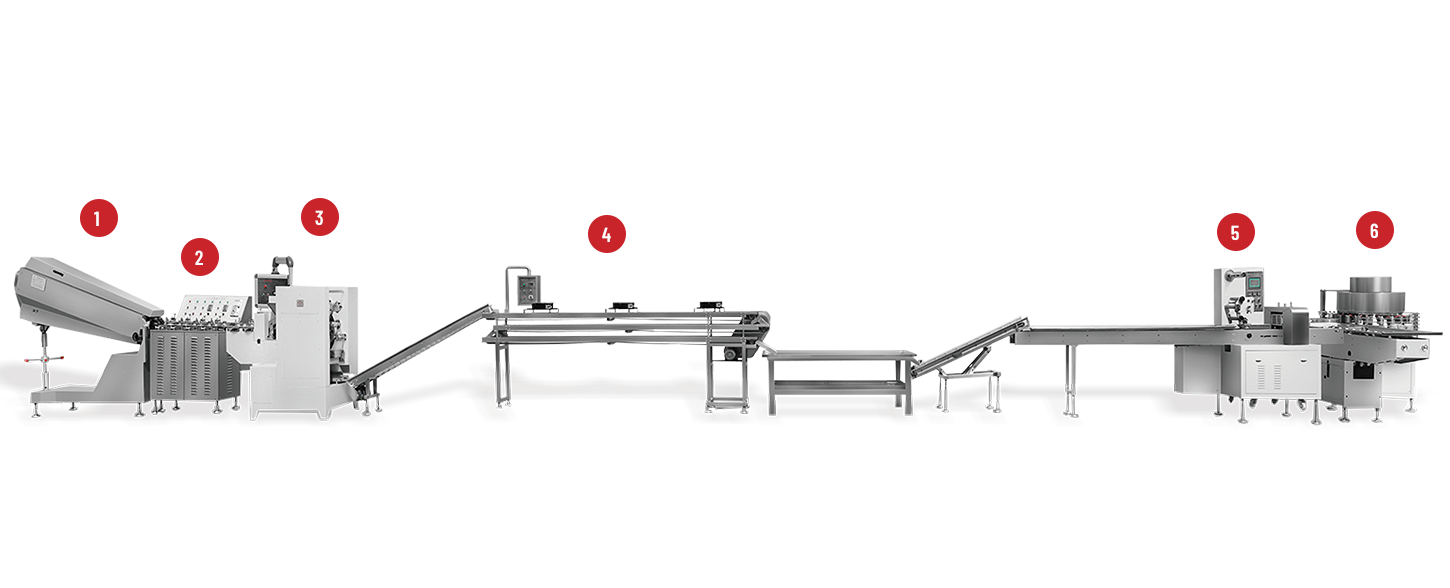
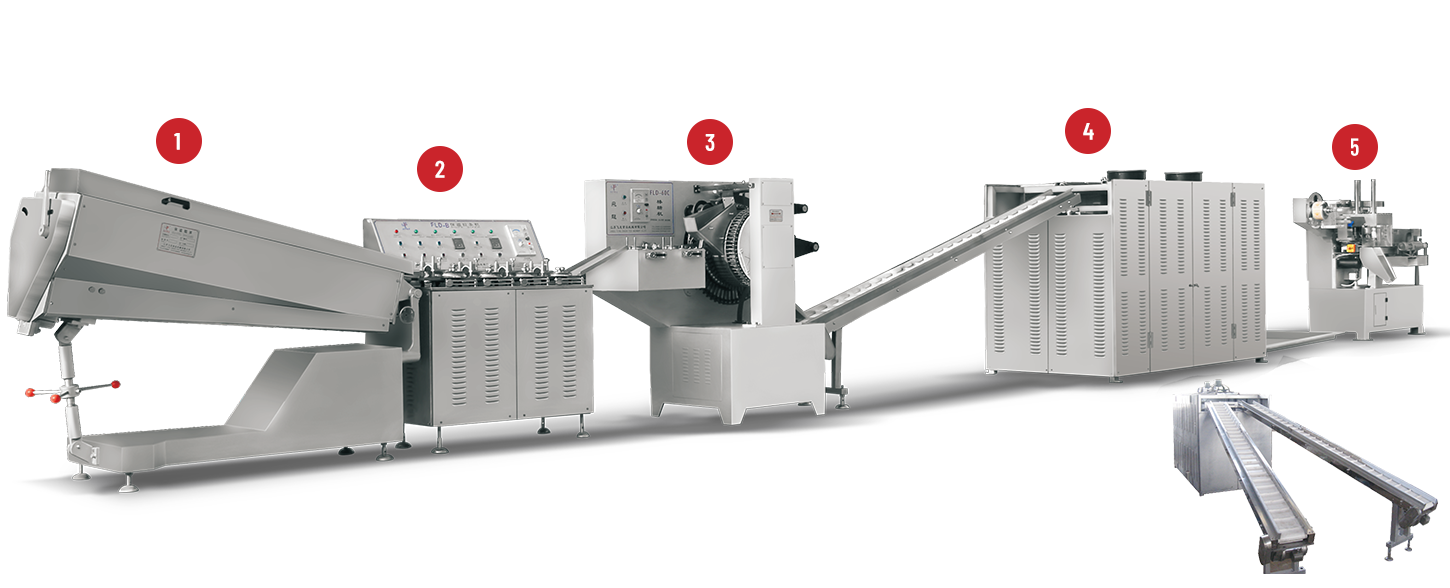
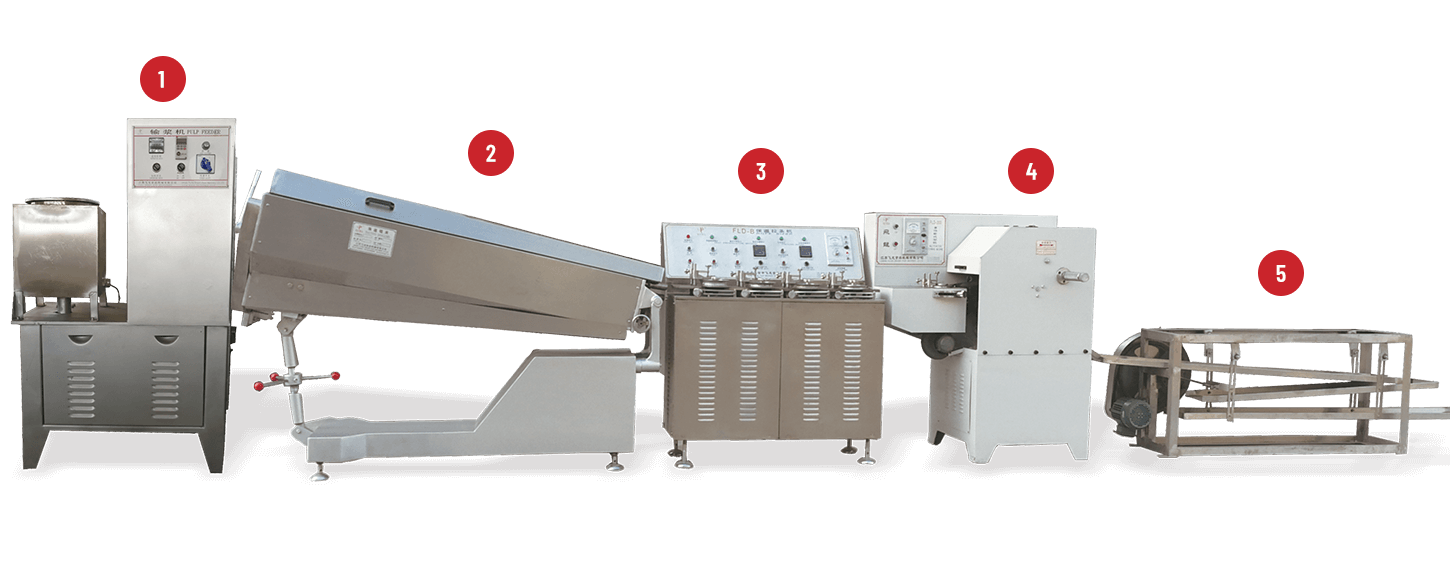
 +86-(0)515-8465666
+86-(0)515-8465666 +86-(0)515-85566996
+86-(0)515-85566996 +86-138 1559 9708
+86-138 1559 9708 flyloong@flyloongcn.com
flyloong@flyloongcn.com 
 Home
Home